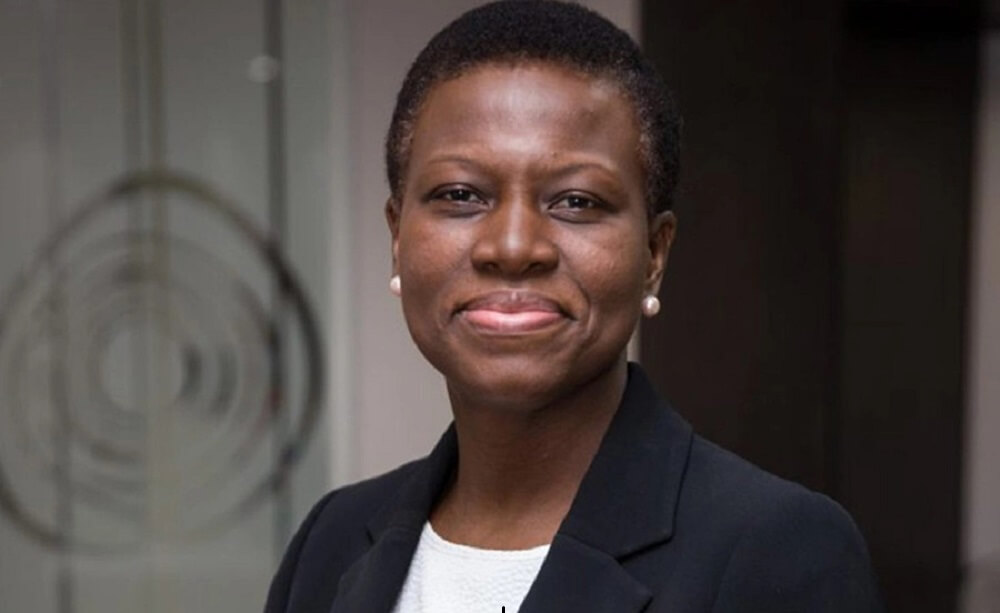Stanbic IBTC’s Non-Performing Loan Portfolio Hits N25bn
Stanbic IBTC Holding Plc has been hit by a surge in Non-Performing Loans, which has risen by N5bn in the first six months of 2022.
Findings by THE WHISTLER revealed that the NPL of Stanbic IBTC has risen from N20.338bn in December 2021 to N25.27bn in June 2022.
Advertisement
This represents a rise in NPL ratio from 1.87 per cent in December to 2.32 per cent in June this year.
A Non-Performing Loan is an amount of borrowed money whose scheduled payments have not been made by the debtor for a period of time usually 90 or 180 days depending on terms.
Data from the bank’s half year financial statement for 2022 revealed that the bank had a total performing loans of N1.06trn and an NPL of N20.34bn by the end of last year.
Although the figures of the performing loans remained at N1.06trn in June 2022, the NPLs grew to N25.27bn.
Advertisement
Central Bank of Nigeria exposure drafts on prudential guidelines for financial institutions said, “The NPL limit banks are required to manage their credit risk effectively. To this end, all banks are to ensure that the level of NPLs in relation to gross loans does not exceed five per cent.”
Stanbic IBTC’s NPL is within regulatory limits, but experts believe that there could be a surge in loan defaults in coming months after the CBN increased Nigeria’s benchmark interest rates.
Godwin Emefiele, the Central Bank Governor had revealed a “reduction in the NPL ratio to 4.95 per cent in June 2022, compared with 5.7 per cent in June 2021.”
The apex bank’s MPC wants the Bank to sustain its tight prudential regime to ensure that the NPL ratio is brought well below its prudential benchmark.
A 2018 CBN report had revealed that the “drivers of NPLs vary across the two categories of banks, but, weighted average lending rate is a vital macroeconomic driver of NPLs”
Advertisement
The CBN recently hiked the Monetary Policy Rate to 14 per cent, a move aimed at reducing inflationary pressure, but experts believe it could worsen the NPLs among banks.
This implies that banks will restructure their loans and review upward to reflect the new rate.
Nigeria’s prime lending rate is 12.29 per cent, while maximum lending rate is currently 27.61 per cent, but it is expected to move upwards.
Kalu Aja, a financial market expert, told THE WHISTLER that the implication is that banks will restructure loans agreed on a floating interest rate.
A floating interest rate is an interest rate that moves up and down with the rest of the market or another benchmark rate, according to Investopedia.
“The Monetary Policy Rate MPR is the benchmark rate. CBN hiking its rate means all lenders will now offer loans at MPR plus. So, interest rates negotiated on floating terms will go up,” said Aja.



